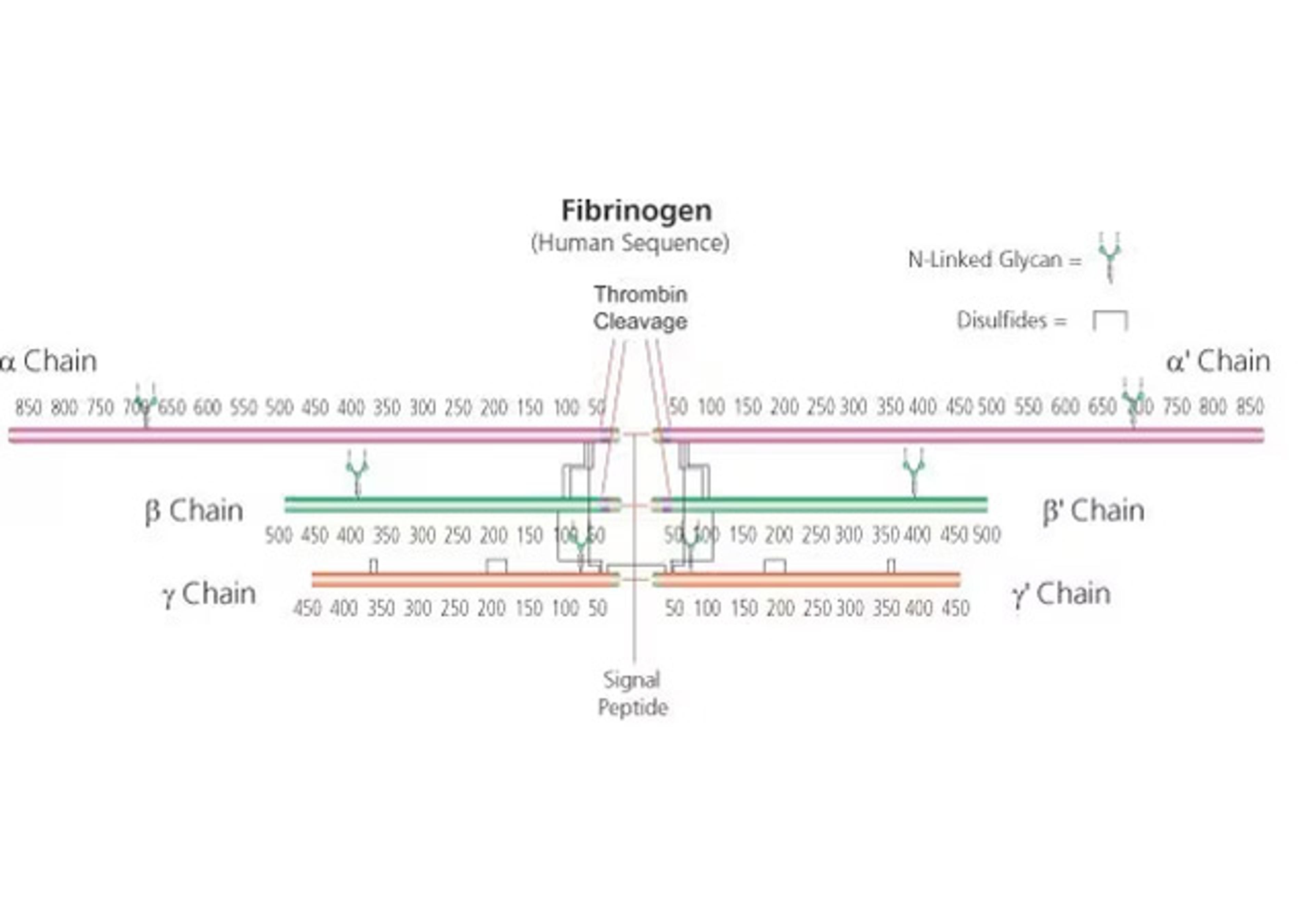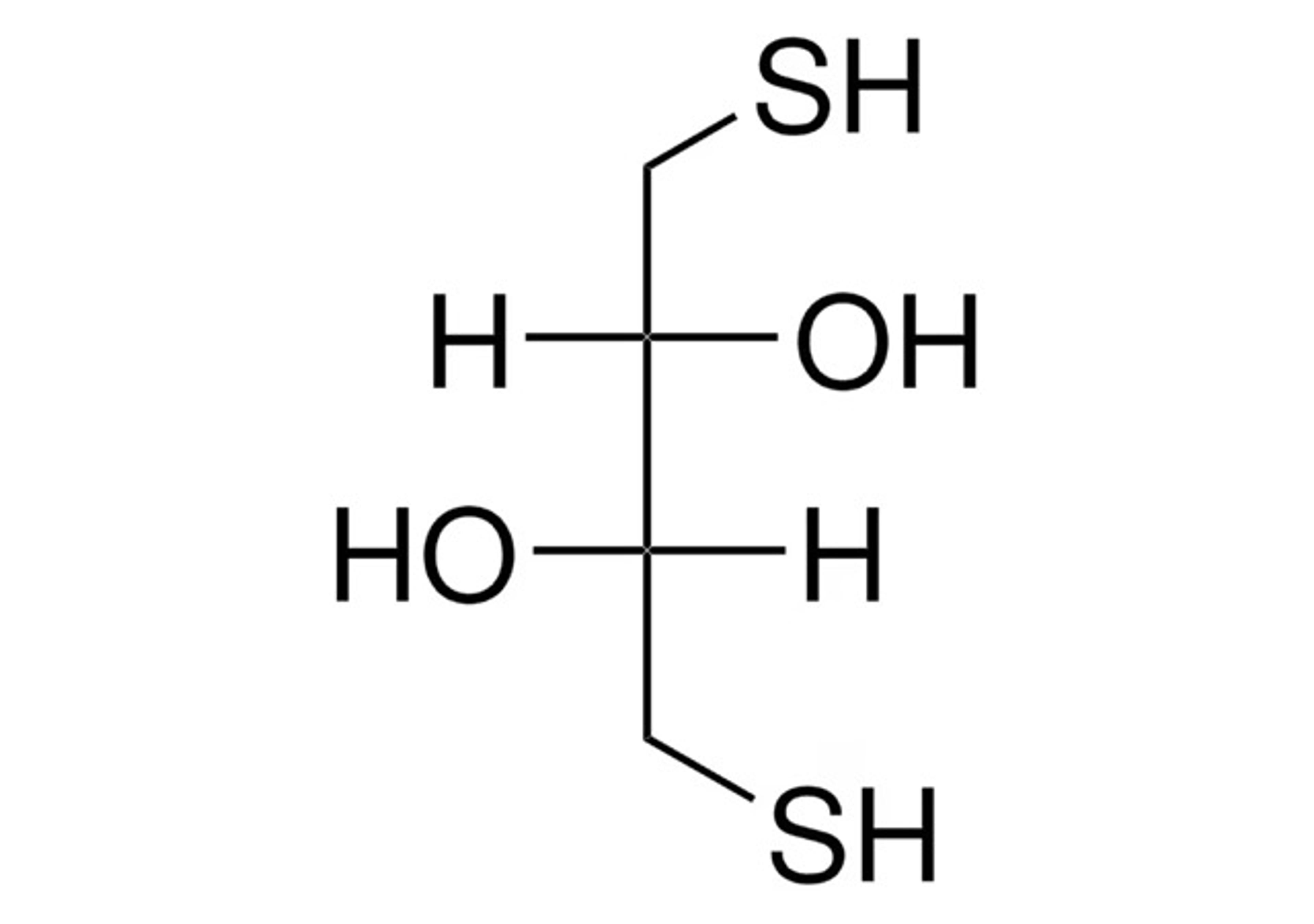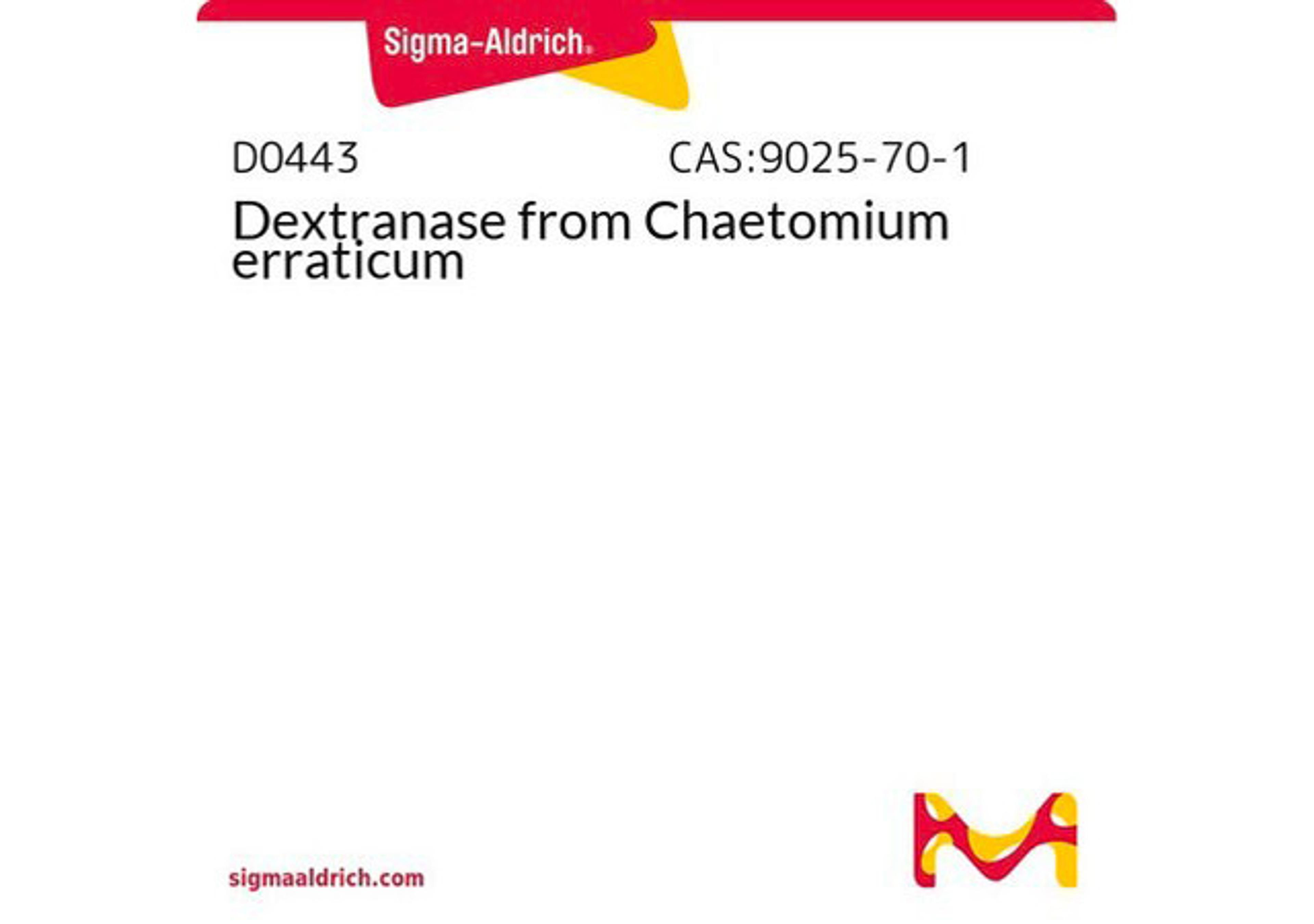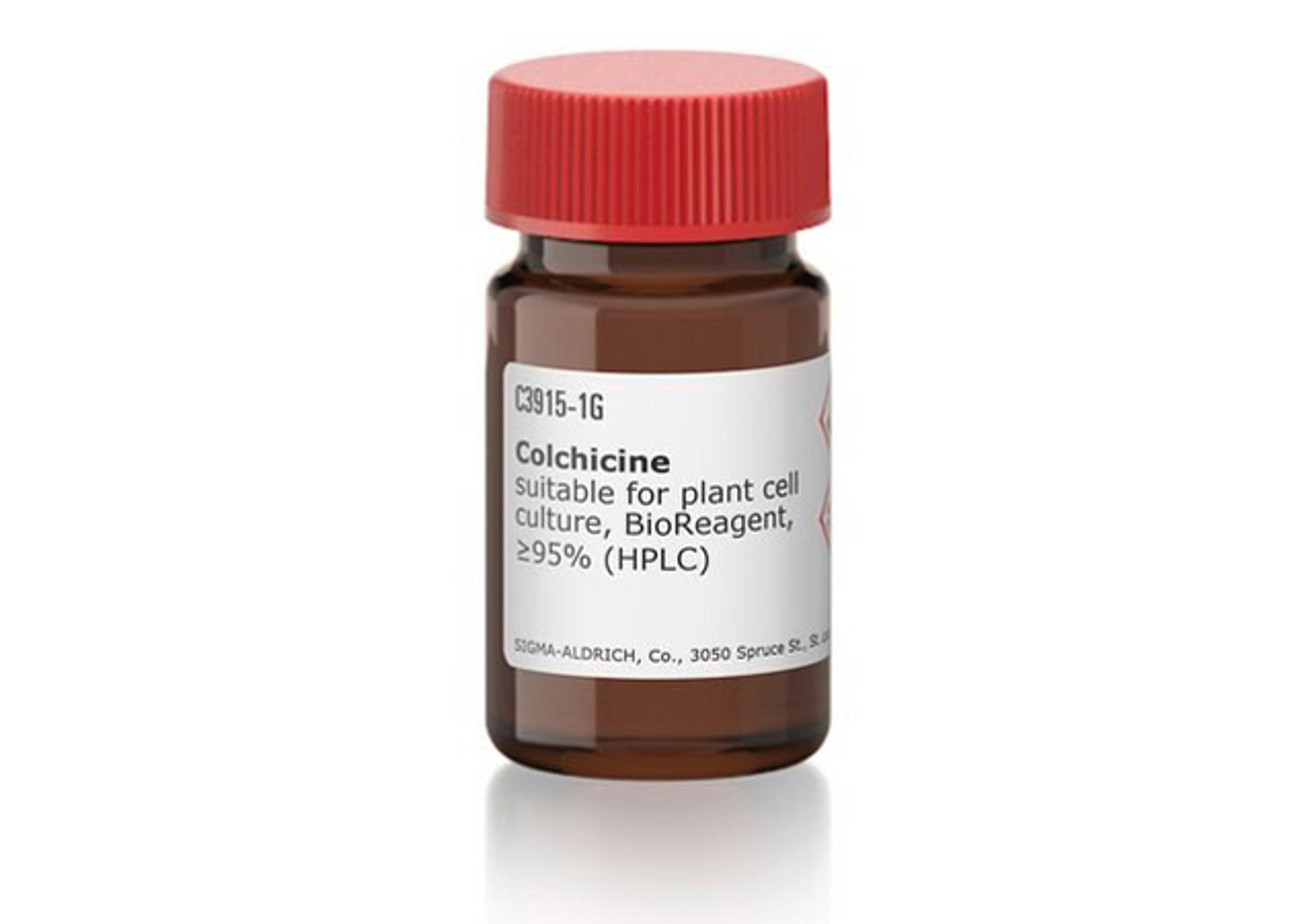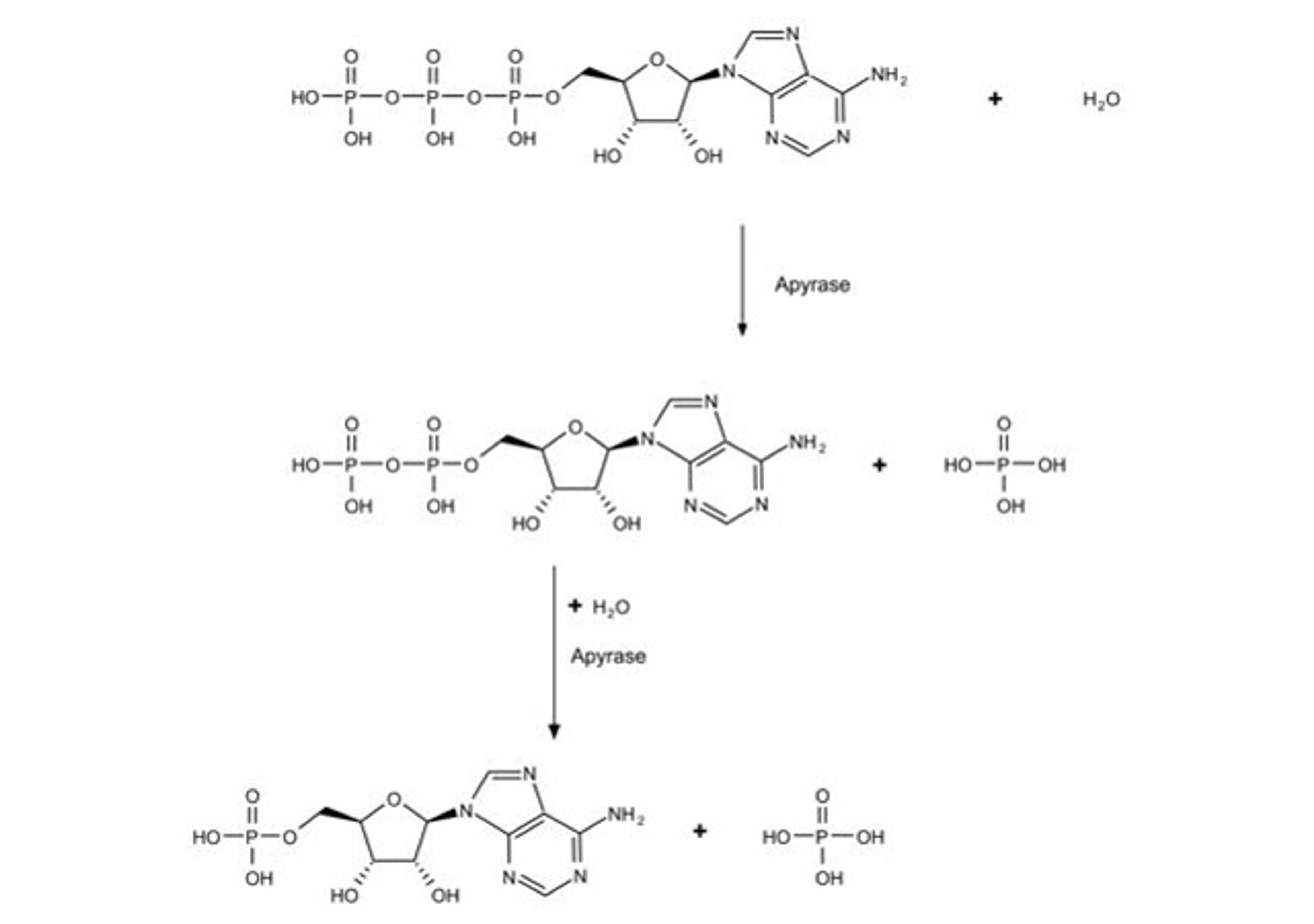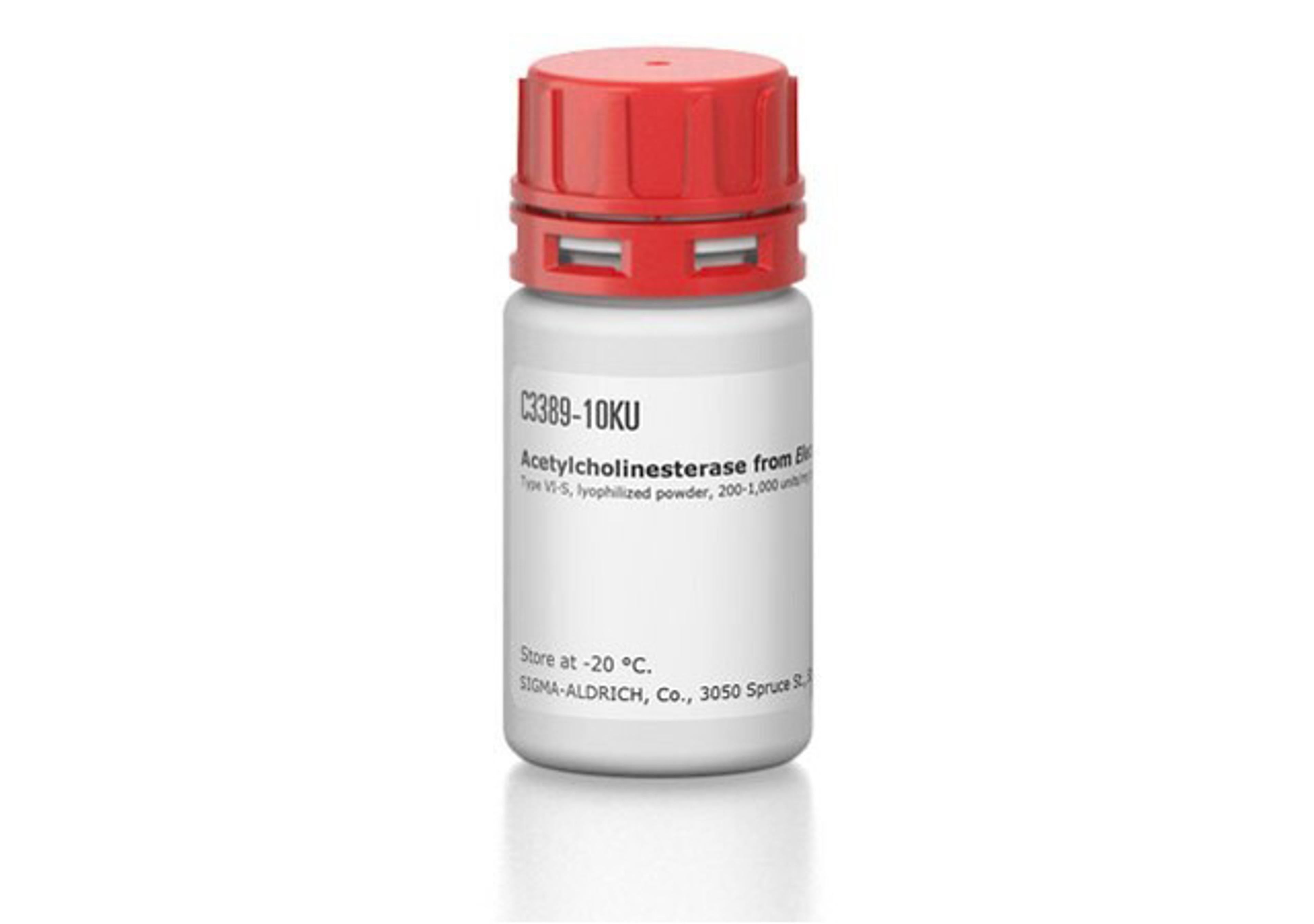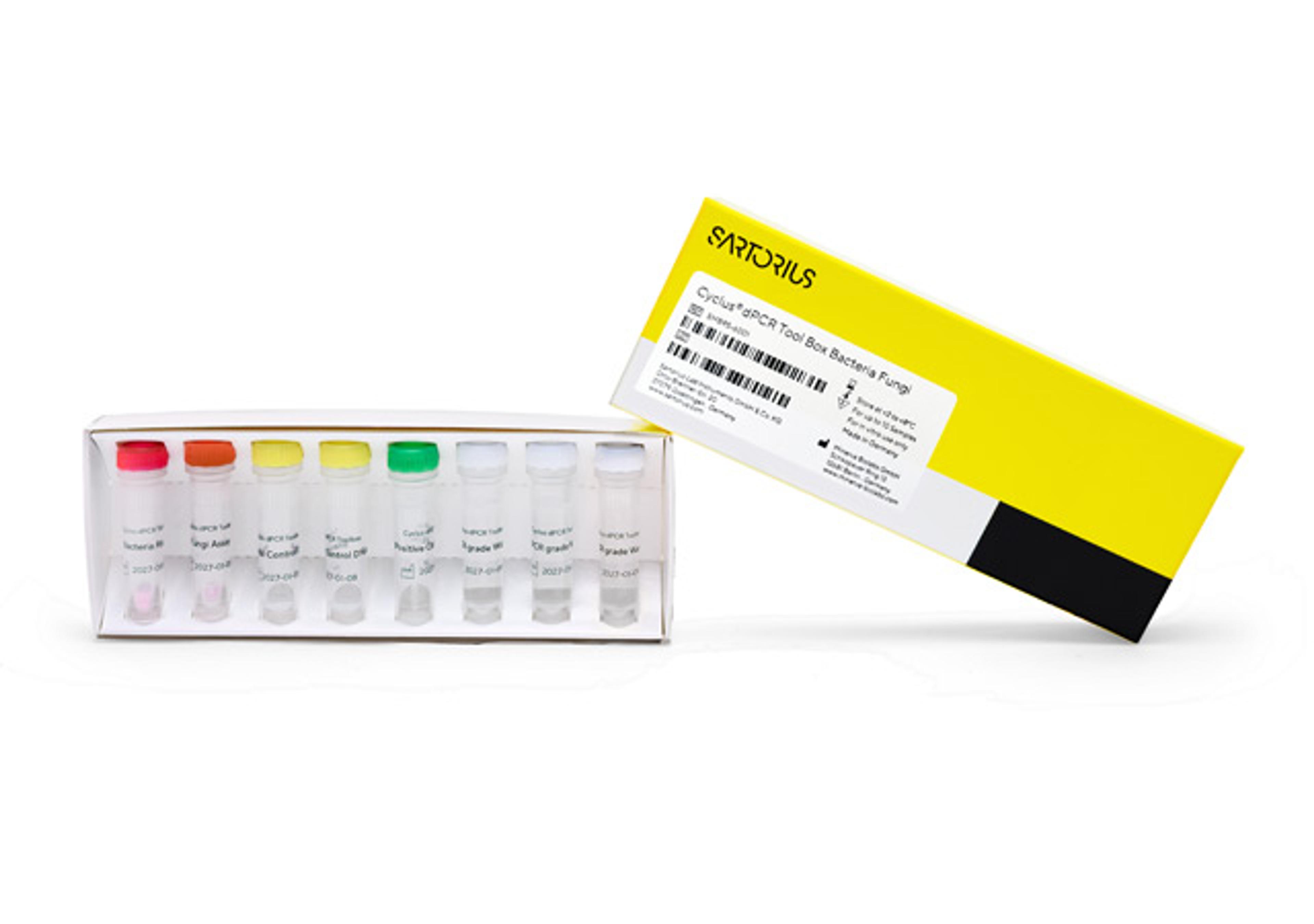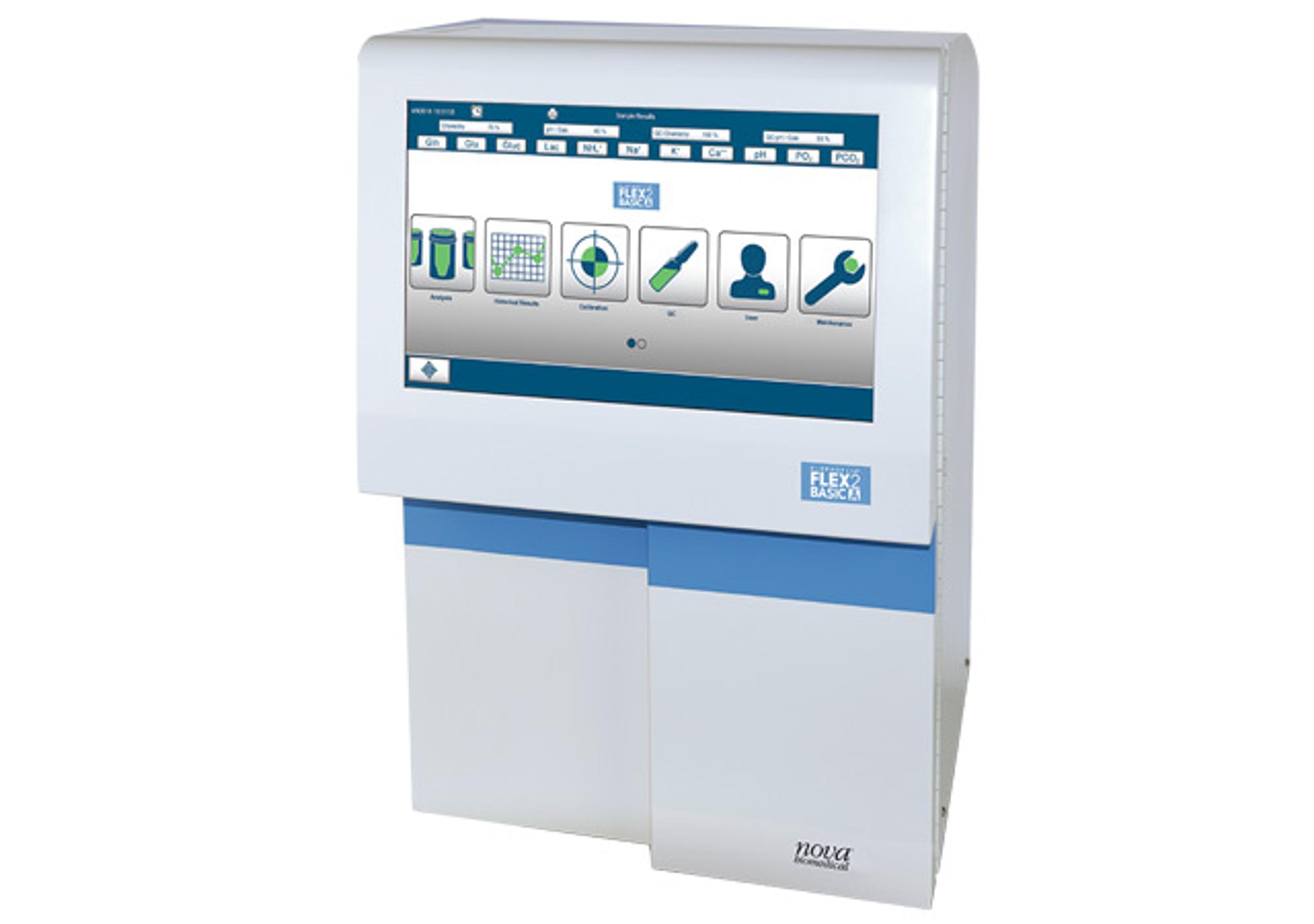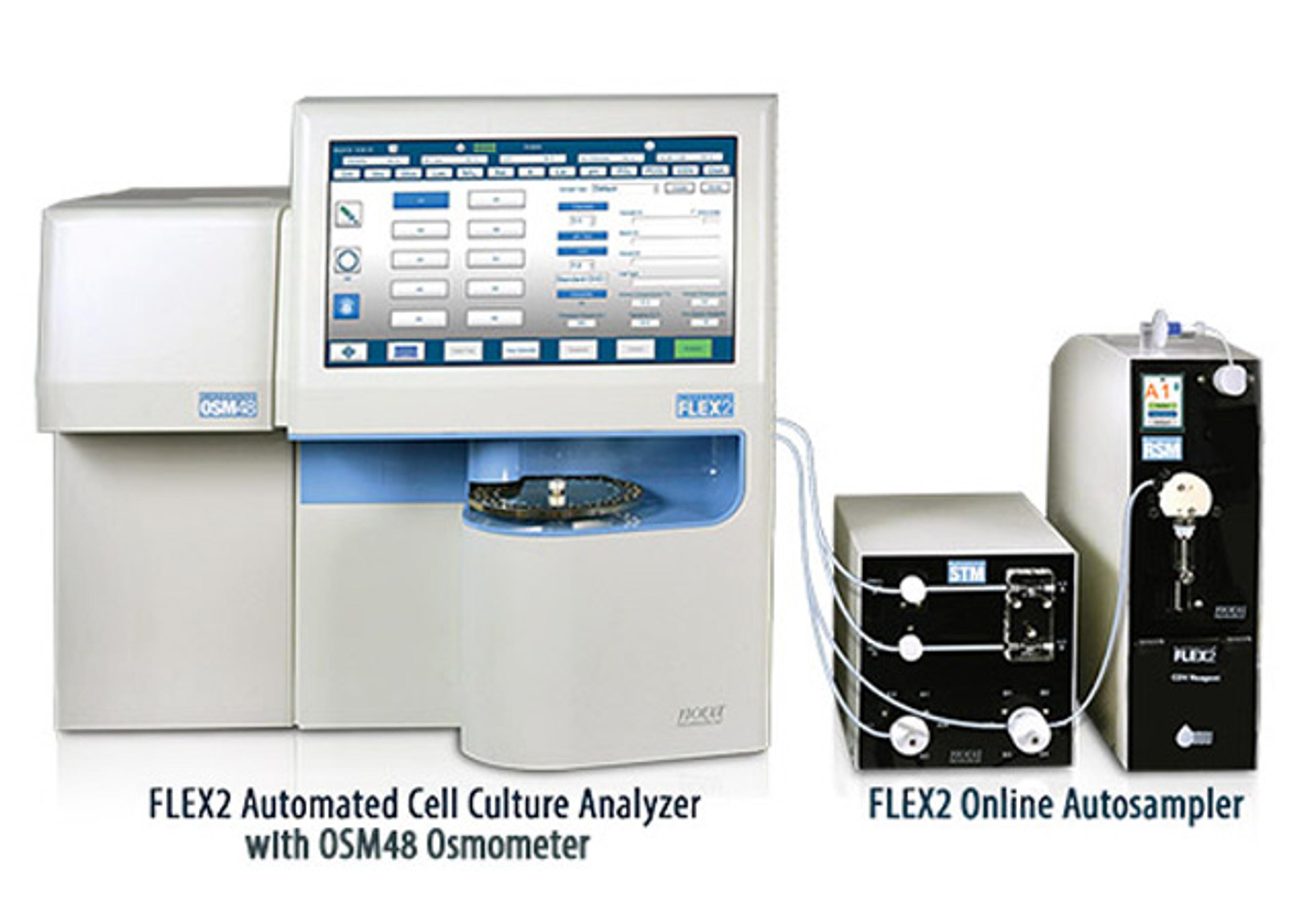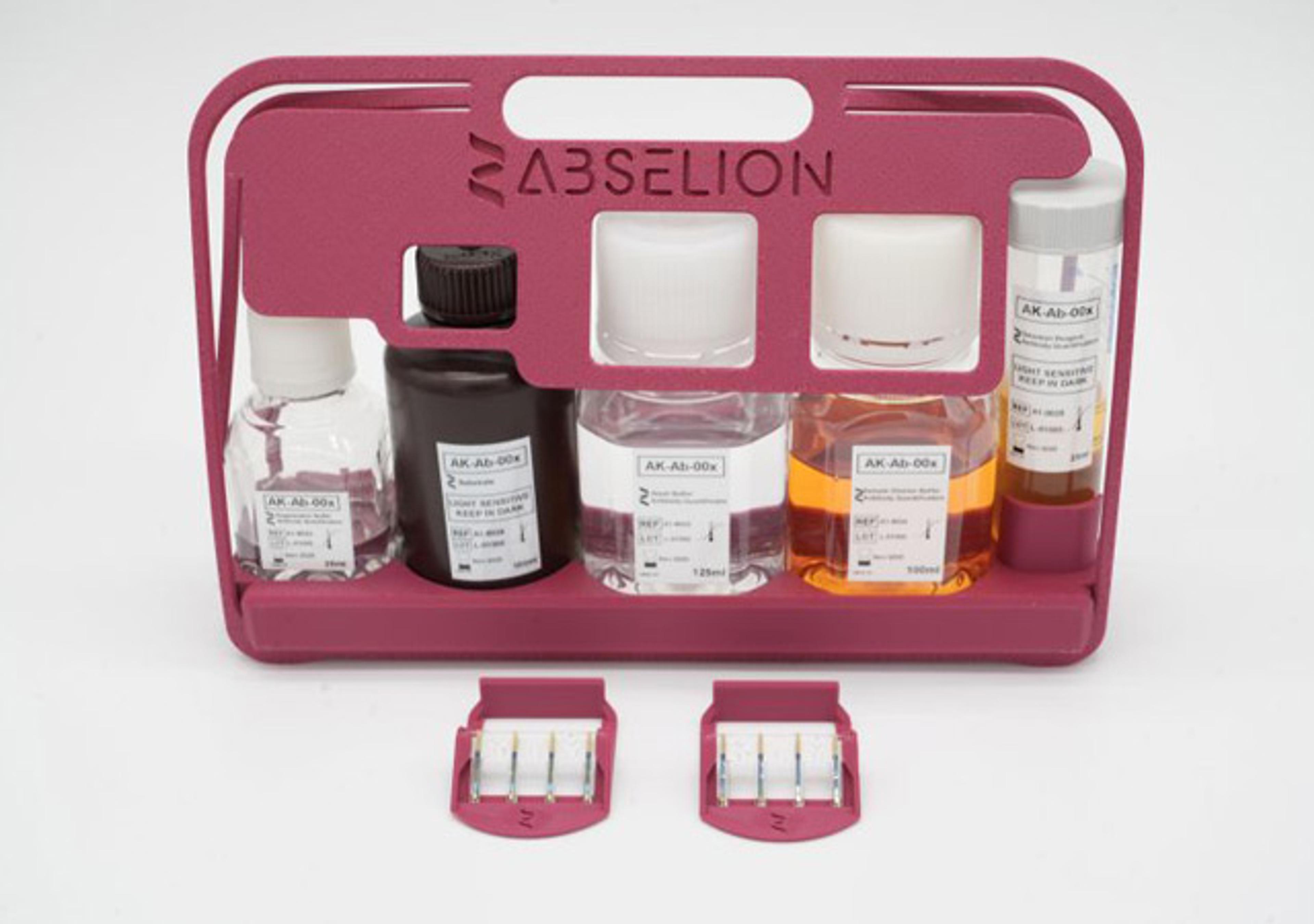Ferritin ELISA
High Quality Assays with Reproducible and Reliable Results

The supplier does not provide quotations for this product through SelectScience. You can search for similar products in our Product Directory.
An enzyme immunoassay for the quantitative determination of ferritin concentration in serum. One of the most prevalent disorders of man is the dietary deficiency of iron and the resulting anemia.1 Therefore, the assays of iron, total iron binding capacity, and other assessments of iron compounds in the body are clinically significant.2 Iron-storage compounds in the body include hemoglobin, hemosiderin, myoglobulin, and the cytochromes. In most tissues, ferritin is a major iron-storage protein.3 Human ferritin has a molecular weight of approximately 450,000 daltons, and consists of a protein shell around an iron core; each molecule of ferritin may contain as many as 4,000 iron atoms.4 Under normal conditions, this may represent 25% of the total iron found in the body. In addition, ferritin can be found in several isomers.5 High concentrations of ferritin are found in the cytoplasm of the reticuloendothelial system, the liver, spleen, and the bone marrow.6 Methods previously used to measure iron in such tissues are invasive, cause patient trauma, and lack adequate sensitivity.7 The measurement of ferritin in serum is useful in determining changes in body iron storage, and is non-invasive with relatively little patient discomfort. Serum ferritin levels can be measured routinely and are particularly useful in the early detection of iron-deficiency anemia in apparently healthy people.8,9 Serum ferritin measurements are also clinically significant in the monitoring of the iron status of pregnant women, blood donors, and renal dialysis patients. High ferritin levels may indicate iron overload without apparent liver damage, as may be noted in the early stages of idiopathic hemochromatosis.10 Ferritin levels in serum have also been used to evaluate clinical conditions not related to iron storage, including inflammation, chronic liver disease, and malignancy.11 The Ferritin Enzyme Immunoassay provides a rapid, sensitive, and reliable assay. The antibodies developed for the test will determine a minimal concentration of human ferritin of 5.0 ng/mL. There is minimal cross-reactivity with human serum albumin, alpha-fetoprotein, human hemoglobin, human transferrin, and ferric chloride.The Ferritin Quantitative Test is based on the principle of a solid phase enzyme-linked immunosorbent assay.12,13,14 The assay system utilizes rabbit anti-ferritin for the solid phase (microtiter wells) immobilization and mouse monoclonal anti-ferritin in the antibody-enzyme (horseradish peroxidase) conjugate solution. The test sample is allowed to react simultaneously with the antibodies, resulting in the ferritin molecules being sandwiched between the solid phase and enzyme-linked antibodies. After a 45 minute incubation at room temperature, the wells are washed with water to remove unbound labeled antibodies. A solution of 3,3’,5,5’-Tetramethylbenzidine (TMB) is added and incubated for 20 minutes, resulting in the development of a blue color. The color development is stopped with the addition of 1N HCl, and the resulting yellow color is measured spectrophotometrically at 450 nm. The concentration of ferritin is directly proportional to the color intensity of the test sample.




